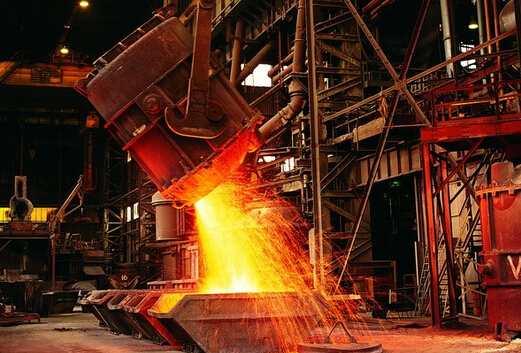
Lost foam casting pattern use the casting foam instead of the wax. The casting foam made from a material we name it poly styrene. So we call it Poly Styrene Foam. Using the poly styrene, we can make many kinds of different patterns. It is easy to make the patterns both big size or small size.
Small size casting foam we can make it with hands. We also can use a cutter to make the foam. Big size casting foam we can use a injecting method to make. So it can be mass produced. In this process we inject the poly styrene into a mold made from aluminum. The we supply the steam on the poly styrene so that it can expand more and more until fill tightly and solidly. Then we can get the big size casting foam.
Actually the patterns we make include big volume air and less volume poly styrene. So that we can adopt the casting foam when we use the lost foam casting way to cast metals. Also the pouring process is very important in the lost foam casting. It is already recognized by users in the foundry products manufacturing process.
Lost foam casting is a casting process that involves creating a foam pattern, coating it with refractory material, and then pouring molten metal into the coated foam to replace the foam pattern, ultimately creating the desired metal part. The casting foam used in this process is typically made of expanded polystyrene (EPS) due to its ability to be easily molded and its low cost.
EPS foam is a lightweight, cellular plastic material that can be shaped using hot wire cutting or by CNC machining to create intricate and complex patterns for the casting process. The foam pattern is often coated with a refractory material, such as a ceramic slurry or a refractory coating, to enhance its strength and heat resistance during the casting process.
The key properties of casting foam include:
- Dimensional Stability: The foam pattern should retain its shape and dimensions throughout the casting process, ensuring accurate and consistent results in the final metal part.
- Low Thermal Conductivity: EPS foam has low thermal conductivity, which helps prevent rapid heat transfer during the pouring of molten metal.
- Combustibility: Casting foam should be designed to have minimal combustion when exposed to high temperatures, reducing the risk of burning or damaging the foam pattern during metal pouring.
- Easy Pattern Removal: The foam pattern should be easily removable after the metal has solidified to avoid any damage to the cast metal part.
- Compatibility with Refractory Coatings: The foam material should be compatible with the refractory coatings used to enhance the pattern’s strength and thermal resistance.
- Cost-effectiveness: EPS foam is an affordable material, making it a popular choice for lost foam casting processes.
It is essential to select the appropriate casting foam material and ensure the foam patterns are handled and coated correctly to achieve high-quality castings with intricate details and dimensional accuracy. The lost foam casting process is widely used in various industries to produce complex metal components efficiently.
